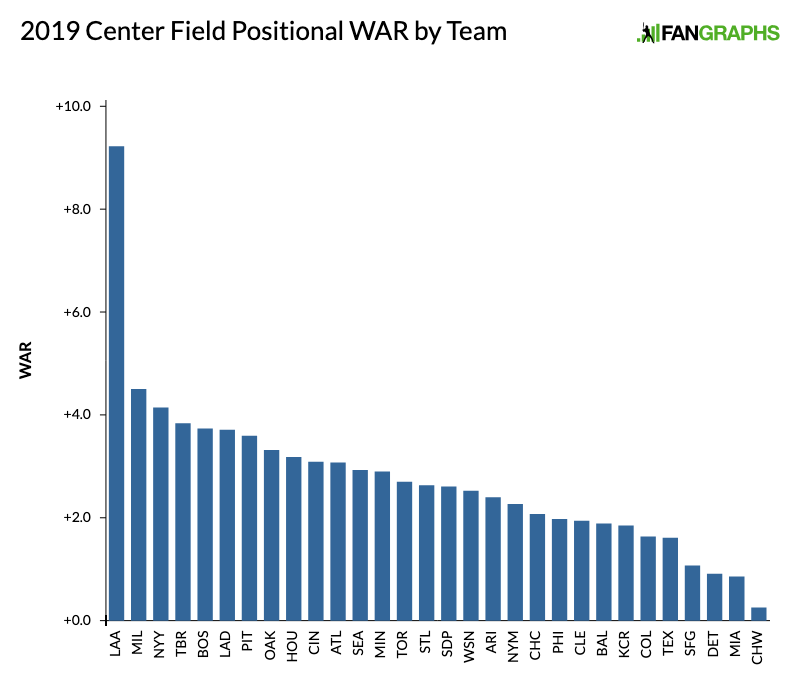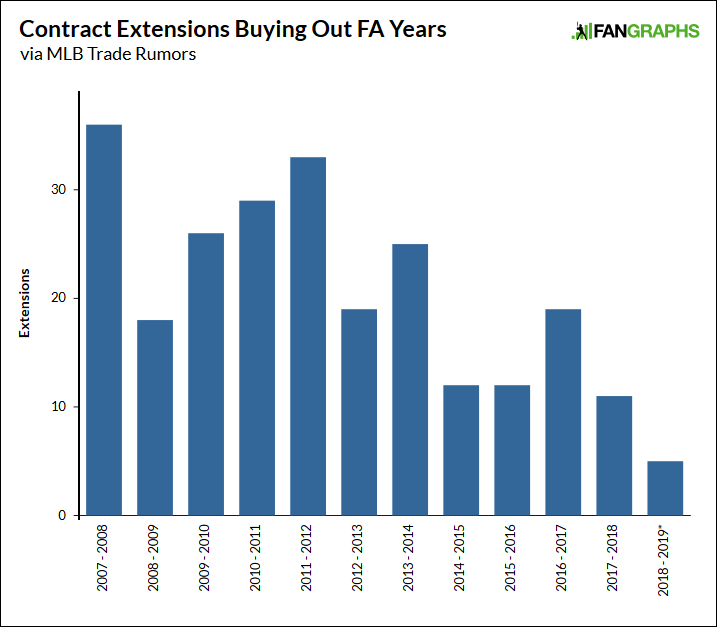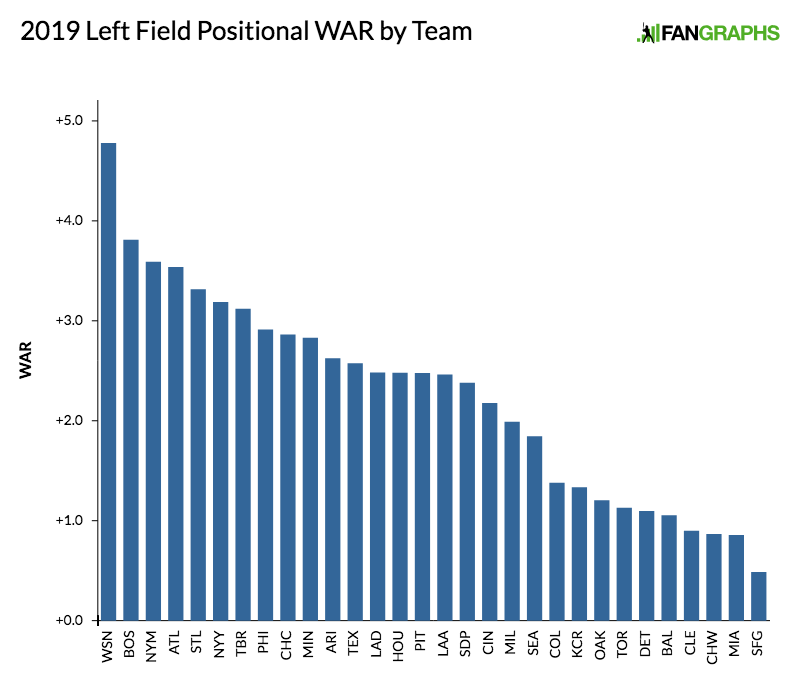Jay Jaffe FanGraphs Chat – 3/21/19
| 12:03 |
: Hi folks, welcome to today’s chat! I’m in a brief not-rain delay as I finish up a quickie Instagraph on Ichiro. Will join the party soon.
|
| 12:20 |
: OK, I’m back. Had a quick brainstorm for something to say about Ichiro that I found interesting. Thanks for waiting that out, happy 2019 MLB season to those celebrating, and on with the show!
|
| 12:20 |
: Do you think MLB/HoF will make Ichiro wait a full five years or make a special exception for him?
|
| 12:21 |
: I briefly address this in the forthcoming post but at this point, I don’t see the Hall making an exception. He’ll be eligible for the 2025 ballot instead of 2024, but I think the tradeoff — the chance to retire on his own terms, in his native country — was well worth the delay.
|
| 12:21 |
: Jesus Luzardo is out for a month. What a bummer!
|
| 12:24 |
: Fuuuuuuuuuuuudge.
I’ve only seen bits and pieces of his work but I’ve been a Luzardo fan since I first heard his name, on the basis of its similarity to The Jesus Lizard, a kick-ass 1990s band that is either number 1 or 1A when it comes to live acts (the Jon Spencer Blues Explosion and the Waco Brothers are the other two vying for that title). They blew the doors off every venue I saw them at from about 1990 to 2017, when they came out of retirement for a final tour. Oh, and their best album is called GOAT. Get well soon, Jesus Luzardo. |



